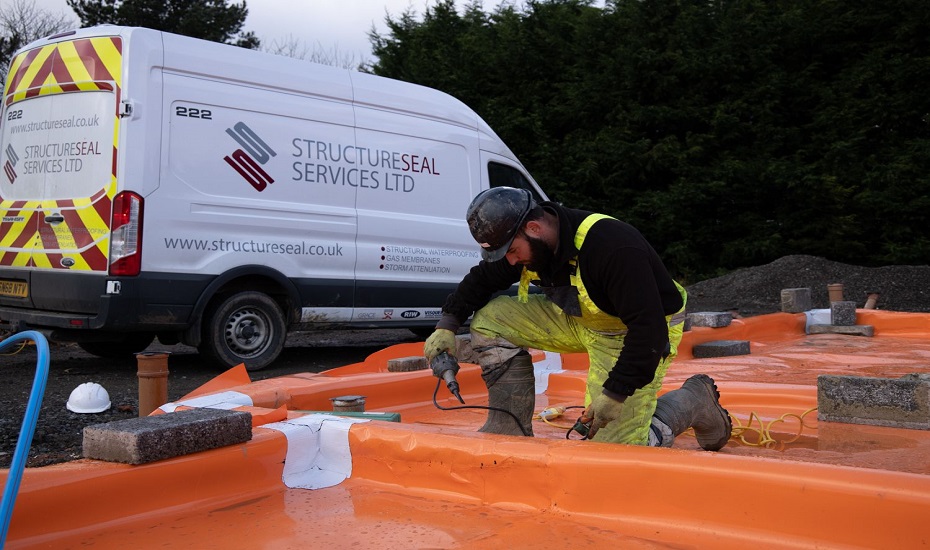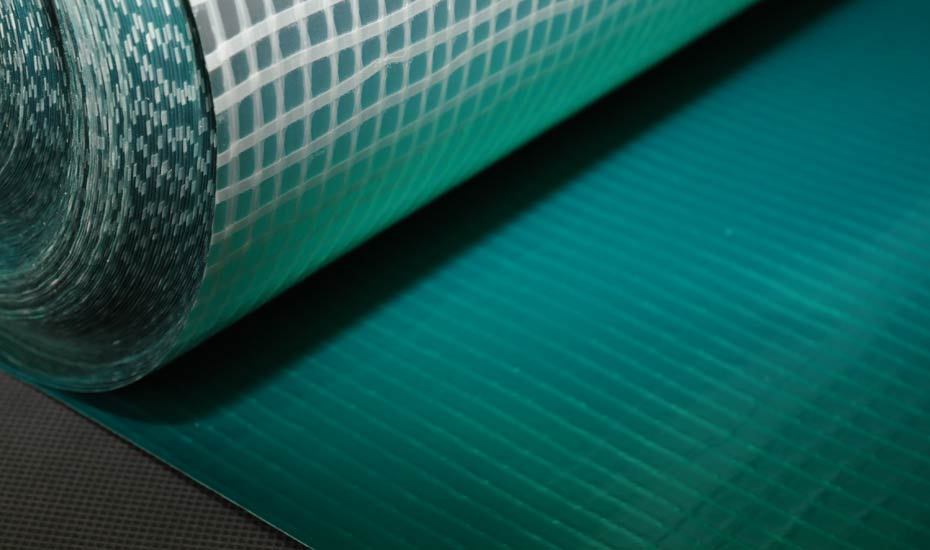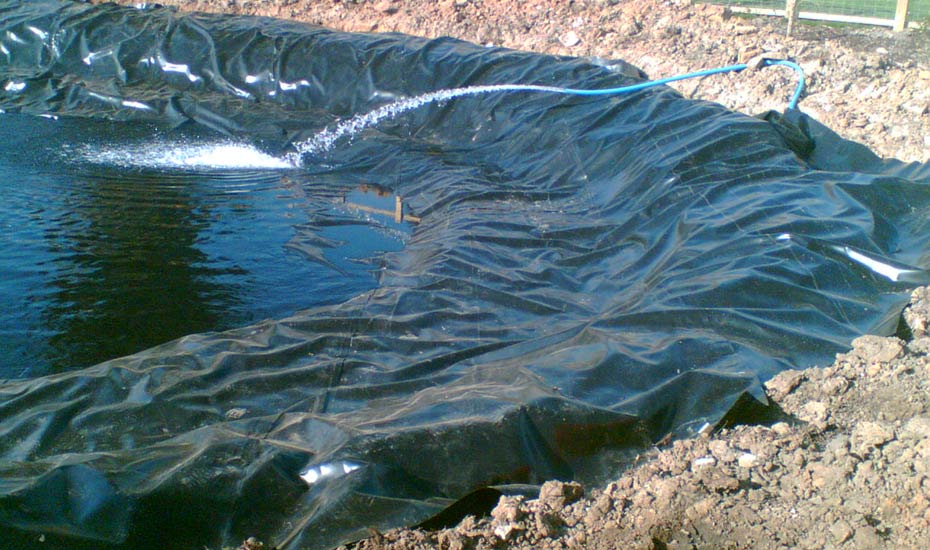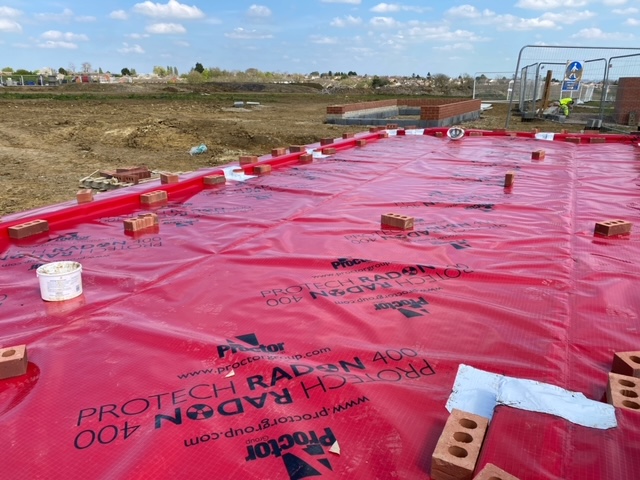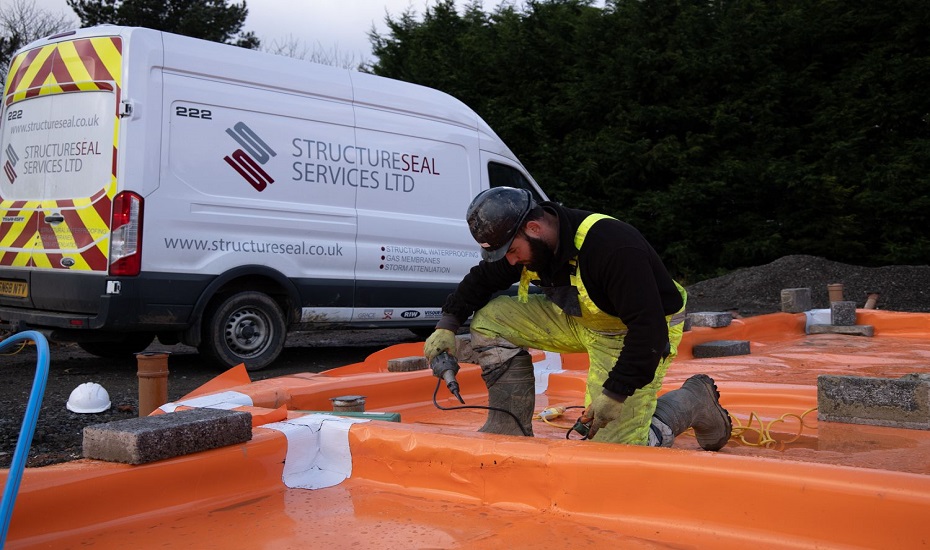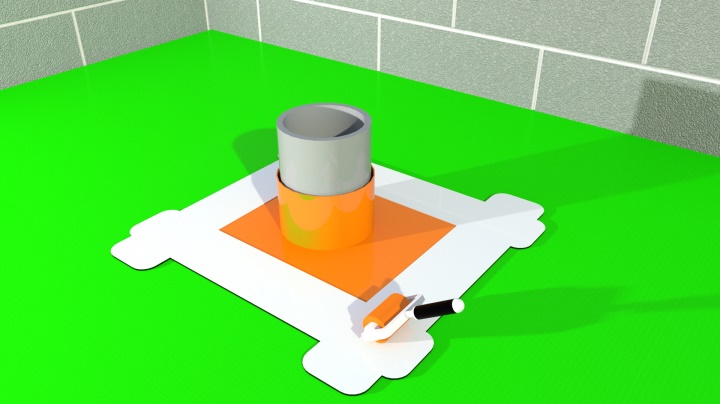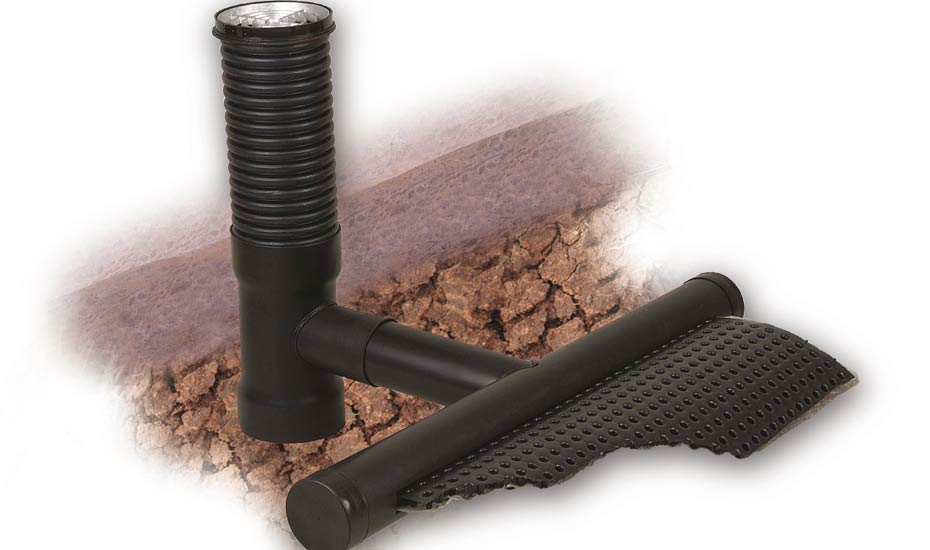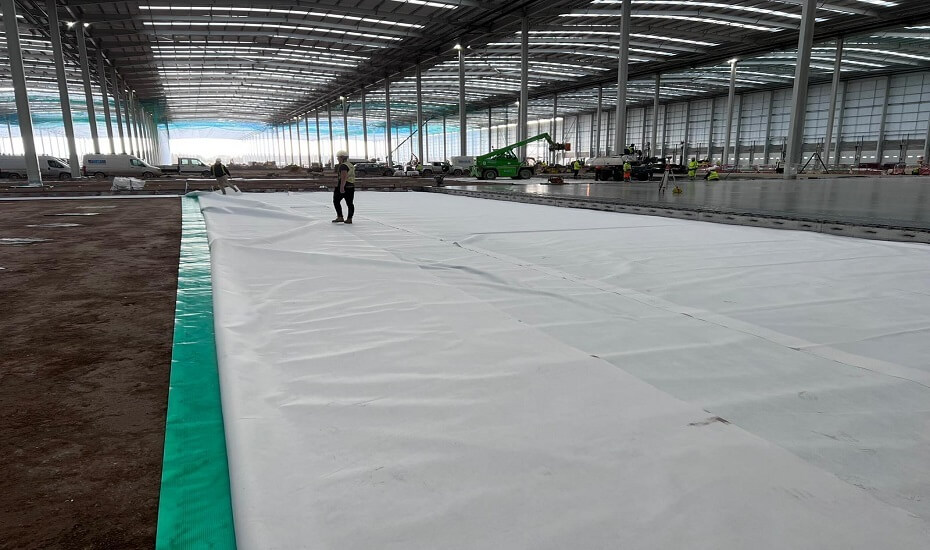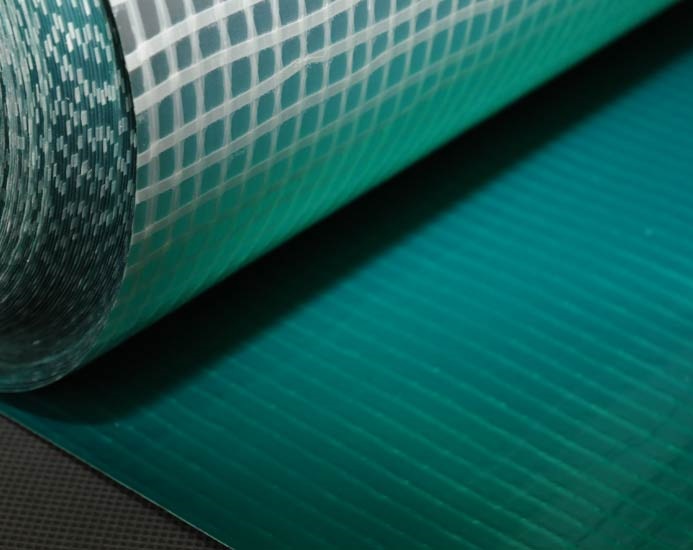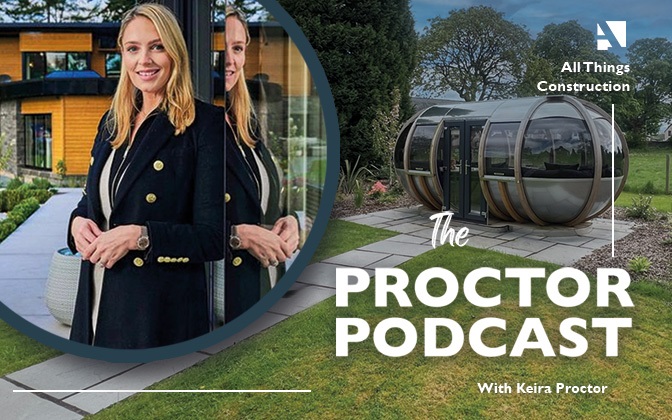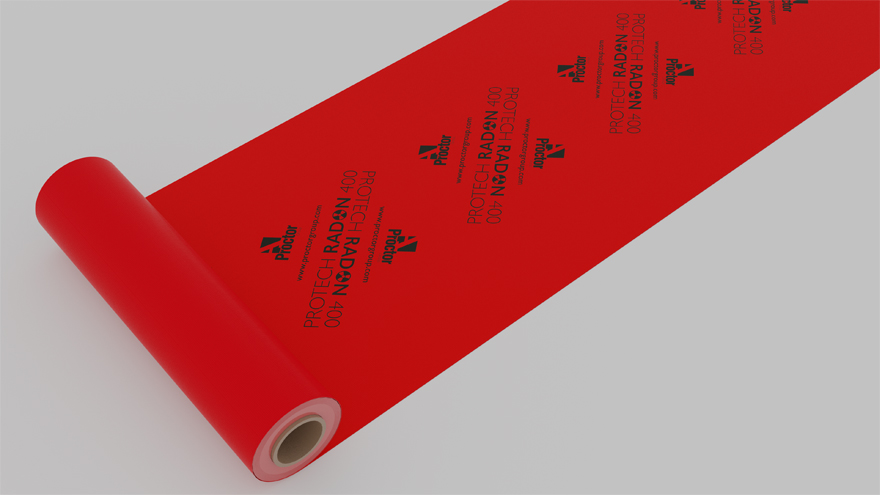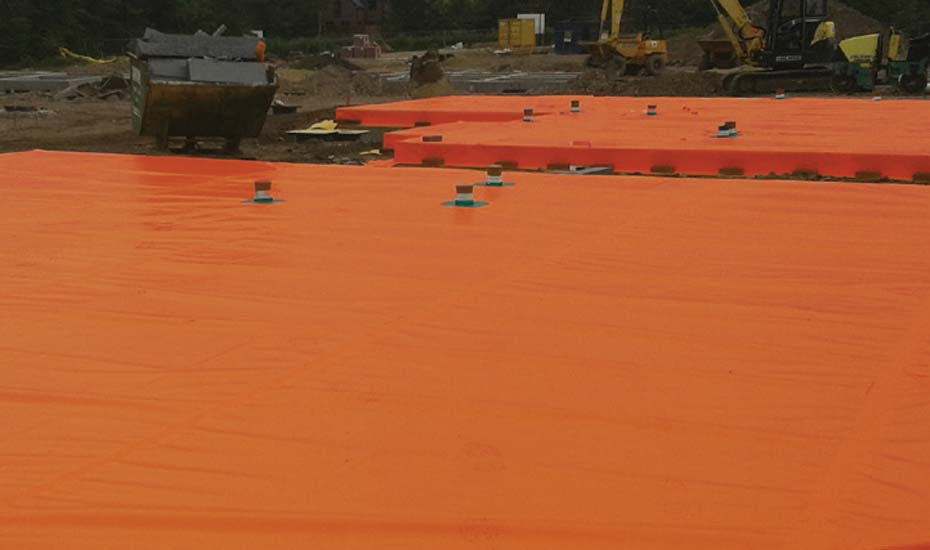How Could Grey Belt Land Help?
Changes to the planning system proposed by the new government include freeing up previously-developed land in the green belt for redevelopment.
Such sites are technically brownfield sites, or “land that is, or was previously, occupied by a permanent structure,” as defined by Homes England.
However, because developing green belt land is difficult to justify, local authorities could be given the go ahead to designate some green belt land as grey belt instead. While the decision on what is redesignated will be left up to them, the government’s definition includes “land on the edge of existing settlements or roads, as well as old petrol stations and car parks.”
Official figures for grey belt land do not exist, because none has been designated yet. One estate agent’s analysis suggests around 11,000 potential sites exist. These sites account for less than 1% of current green belt land, but could support the development of between 100,000 and 200,000 new homes.
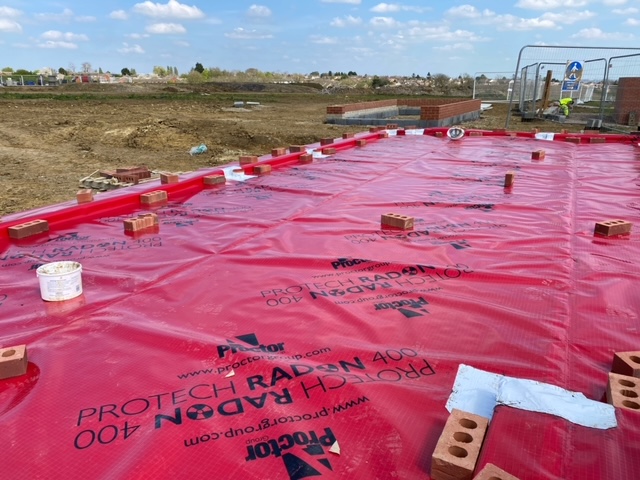
What Are the Potential Risks with Brownfield Sites?
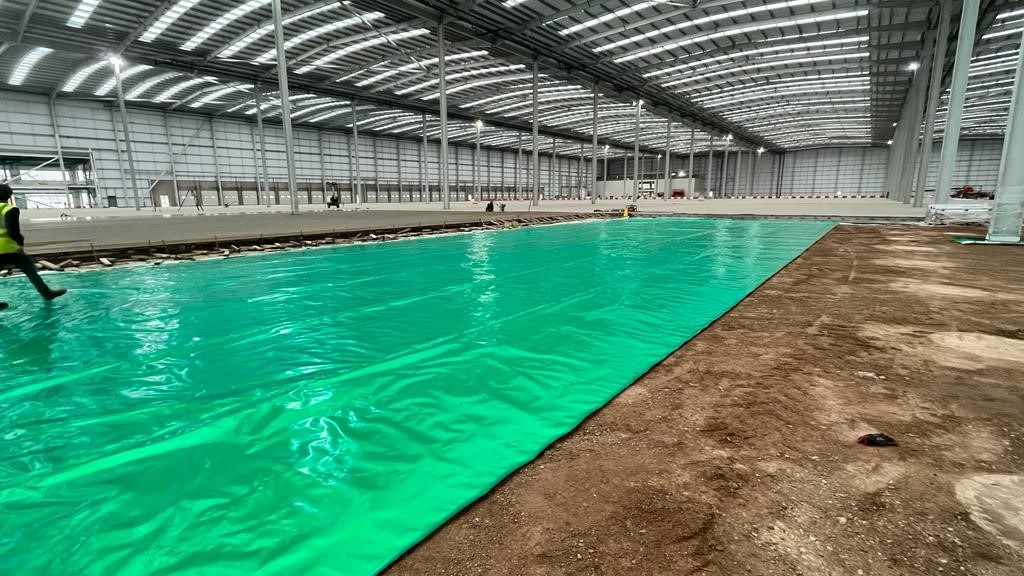
Where development is proposed for land that has previously been built on, there is the potential for contamination. This is the case for all brownfield sites, whether located in the green belt or otherwise. Contaminated sites can present risks, but that doesn’t necessarily mean remediation is required as it depends on the land use and the type(s) of contamination present.
The most common ground gas that can present a risk is one that has nothing to do with previous uses of the site. Radon is radioactive, colourless and odourless. It occurs naturally due to uranium decay in the ground.
Levels are usually low but concentrations are higher in certain ground types, especially granite. Any land designated for redevelopment in areas of granite will need to include appropriate measures as and when housing proposals are drawn up.
Where contamination is a factor, two significant ground gases are carbon dioxide and methane.
Carbon dioxide is toxic, odourless and colourless. It is formed by the oxidation of carbon compounds, such as those occurring in landfill sites. Methane is also odourless, as well as flammable – and potentially explosive. It is formed where there is below-ground degradation of organic substances, such as in landfill sites, sewage treatment areas, mining operations and peat bogs.
If former petrol stations and car parks are to be considered for redevelopment, then volatile organic compounds (VOCs) could be a factor too. VOCs can be found in the ground as solids, in liquid and dissolved states, and as gases. Typical VOCs encountered on brownfield and industrial sites include: petroleum hydrocarbons, halogenated hydrocarbons (e.g., products from dry-cleaning fluids or degreasers), nitrogen, sulphur and oxygen-containing organic compounds.
Technical Support for Building on Previously-Developed Land
Request a Sample
Technical Advice
CAD Detail Review
U-Value Calculation
Book a CPD
Specification Check
